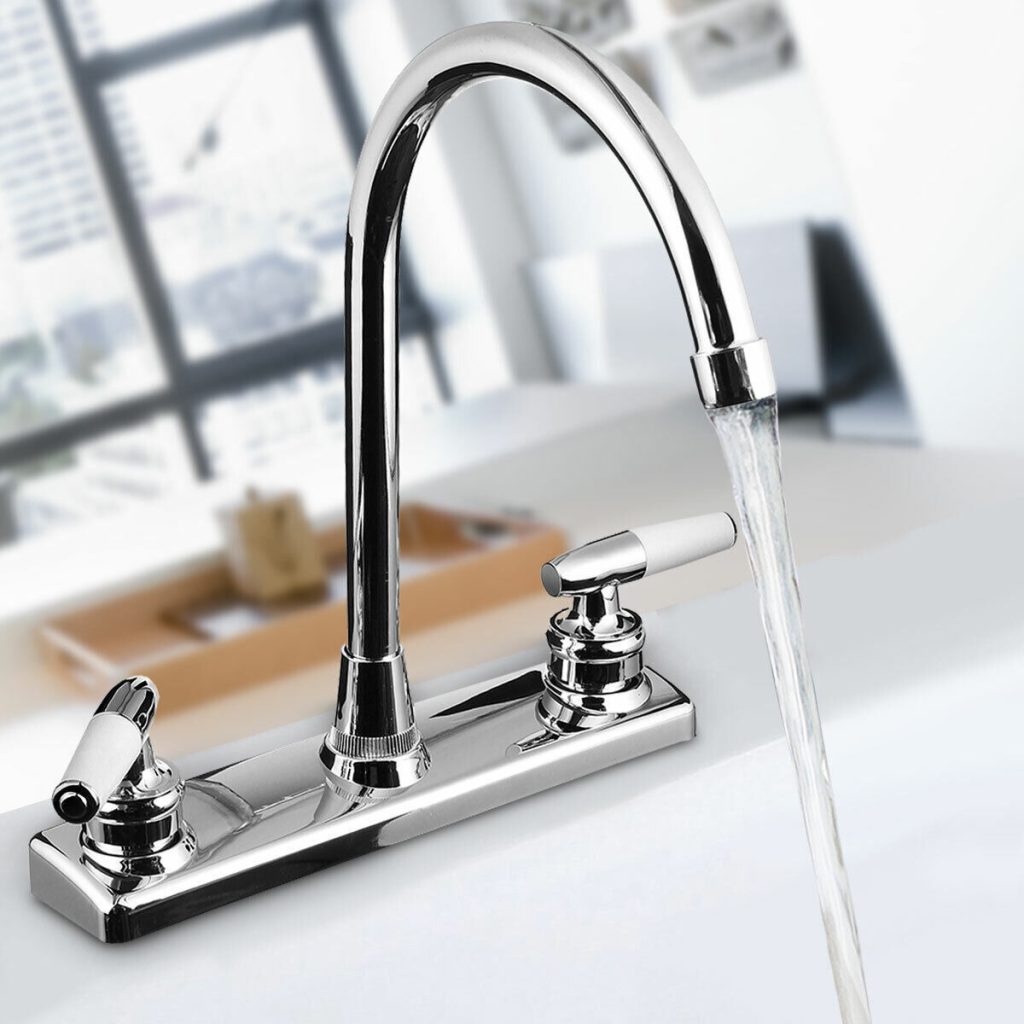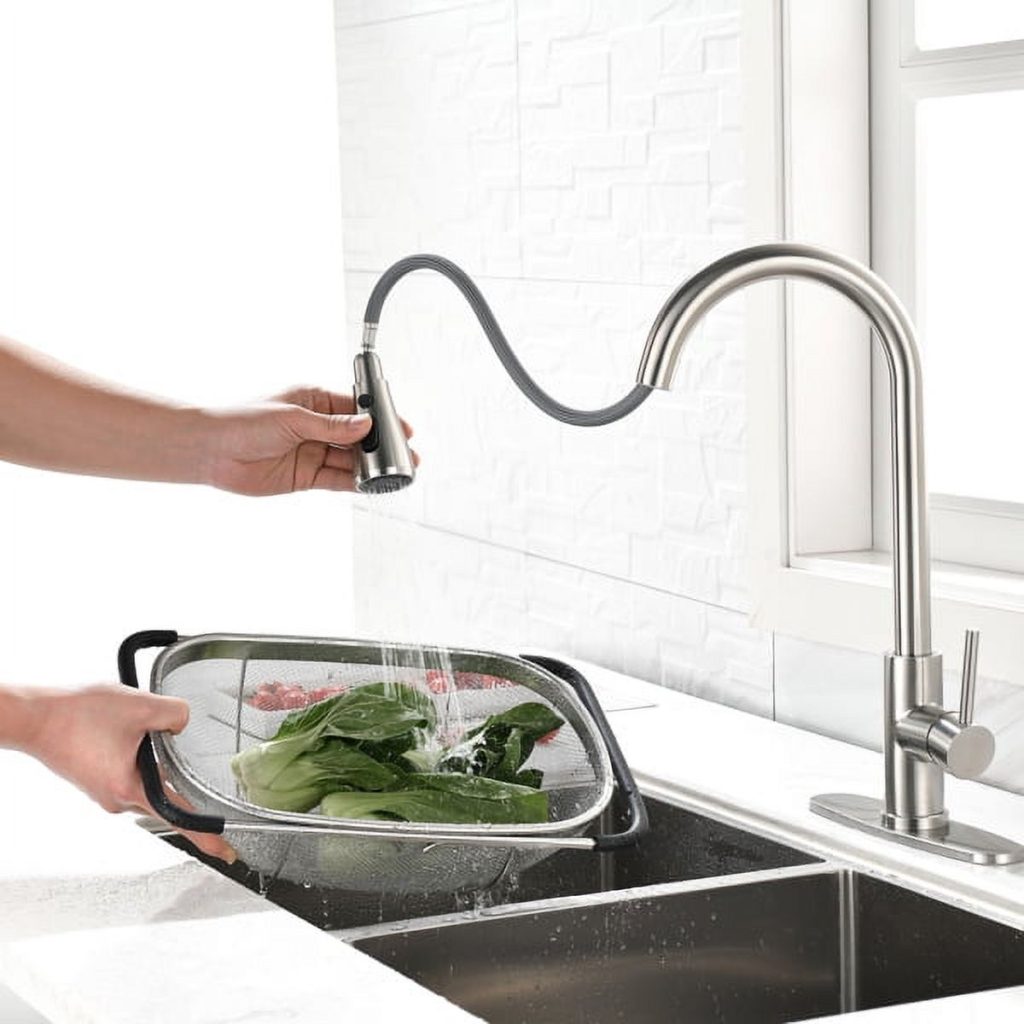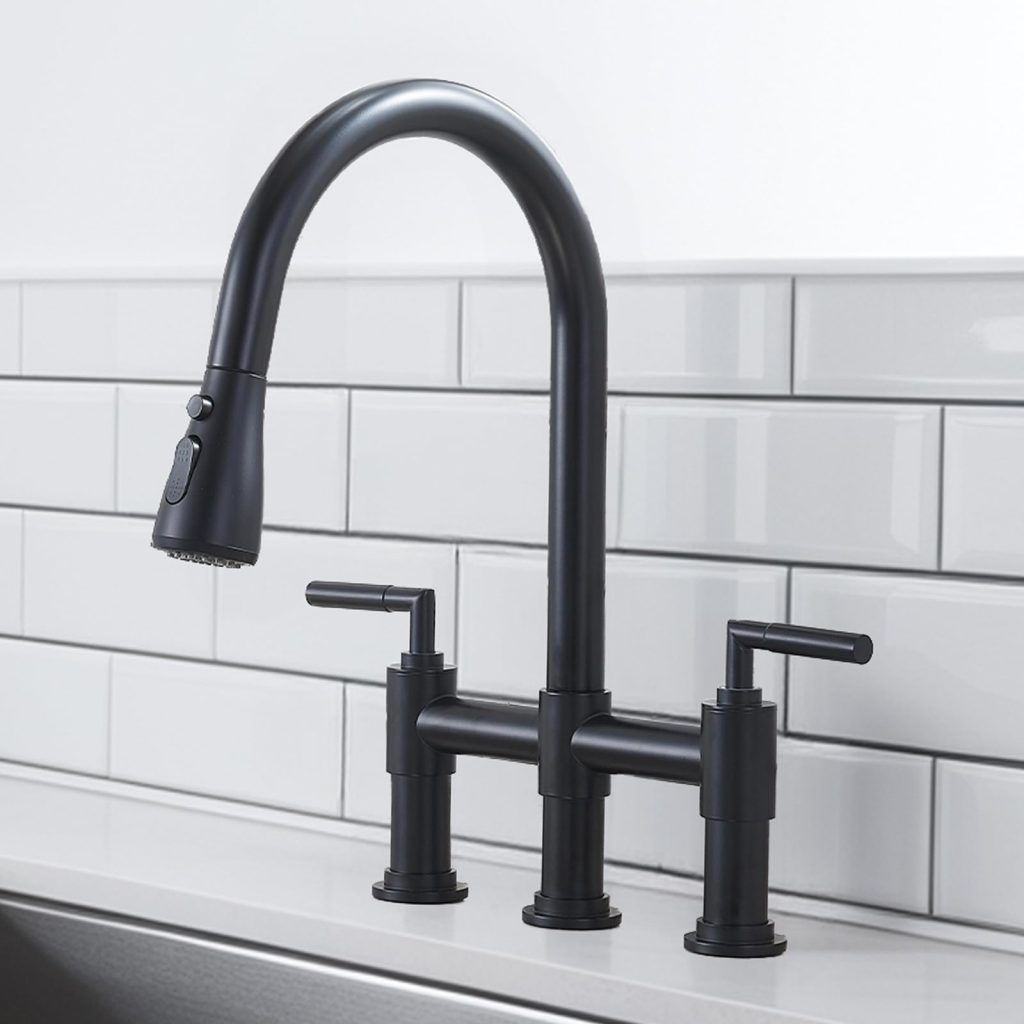How to replace kitchen sink faucets? The kitchen sink faucet is a crucial component of any kitchen. It is used daily for a variety of tasks, from washing dishes to filling up pots of water. Over time, faucets can become worn out and start to leak, leading to the need for replacement. Replacing a kitchen sink faucet may seem like a daunting task, but with the right tools and a little know-how, it can be done easily and efficiently. In this guide, we will walk through the step-by-step process of replacing kitchen sink faucets.

Gathering the Necessary Tools
Before beginning the process of replacing a kitchen sink faucet, it’s important to gather all the necessary tools and materials. Some of the essential tools for this project include an adjustable wrench, a basin wrench, a screwdriver, plumber’s tape, and a towel or rag. It’s also a good idea to have a bucket on hand to catch any water that may leak out during the process.
Removing the Old Faucet
The first step in replacing a kitchen sink faucet is to remove the old faucet. Start by turning off the water supply to the sink. This can usually be done by turning the shut-off valves located under the sink in a clockwise direction. Once the water supply is turned off, turn on the faucet to drain any remaining water from the lines.
Next, use an adjustable wrench to disconnect the water supply lines from the faucet. It’s important to place a towel or rag under the connections to catch any water that may still be in the lines. Once the water supply lines are disconnected, use a screwdriver to remove the mounting nuts that hold the faucet in place.
With the mounting nuts removed, the old faucet can be lifted out of the sink. It’s important to take note of how the old faucet was installed, as this will be helpful when installing the new faucet.
Installing the New Faucet
After removing the old faucet, it’s time to install the new one. Start by placing the new faucet into the mounting holes in the sink. Once the faucet is in place, use the mounting nuts provided with the new faucet to secure it to the sink.
Next, connect the water supply lines to the new faucet. Apply plumber’s tape to the threads of the water supply lines to ensure a watertight seal. Then, use an adjustable wrench to tighten the connections. Be careful not to overtighten, as this can cause damage to the connections.
Once the water supply lines are connected, turn on the water supply to the sink and check for any leaks. If there are no leaks, the new faucet is installed and ready to use.

Final Steps
After installing the new faucet, it’s important to check for any leaks and make sure the faucet is functioning properly. Run the water and check the connections for any signs of water. If there are no leaks, the installation is successful.
It’s also a good idea to clean up any mess that may have been made during the installation process. Wipe down the sink and surrounding area to ensure everything is clean and dry.
Notes on replacing kitchen sink faucets
When it comes to kitchen renovation or improvement, replacing the sink faucets is one of the most common and beneficial upgrades. A new sink faucet can enhance the aesthetic appeal of your kitchen and improve functionality. However, before diving into the process of replacing kitchen sink faucets, there are several factors to consider to ensure a successful and hassle-free installation.
Consideration of existing setup
The first thing to consider when replacing kitchen sink faucets is the existing setup. Take a close look at the sink and the surrounding area to assess the current faucet and its installation. Note the number of holes in the sink and the type of faucet currently in place. This will help you determine whether you can use a single-hole faucet or need a three-hole or four-hole faucet. Additionally, consider the size and shape of the sink to ensure that the new faucet will fit properly and align with the existing plumbing.
Budget
Before replacing kitchen sink faucets, it’s important to set a budget for the project. Sink faucets come in a wide range of styles, materials, and price points, so having a budget in mind will help you narrow down your options and make a decision that aligns with your financial constraints. Keep in mind that while faucets vary in price, quality and durability are also important factors to consider. Investing in a high-quality faucet may save you money in the long run by reducing the need for frequent repairs or replacements.
Style and functionality
Another important consideration when replacing kitchen sink faucets is the style and functionality of the new faucet. Consider the overall design aesthetic of your kitchen and choose a faucet that complements it. Whether you prefer a traditional, contemporary, or modern look, there are numerous options available to suit your taste. Additionally, think about the functionality of the faucet. Do you need a pull-down sprayer, touchless operation, or a high-arc spout for filling large pots? Thinking about how you use your kitchen will help you select a faucet that meets your practical needs as well as your aesthetic preferences.

Material and finish
The material and finish of the faucet are important factors to consider when replacing kitchen sink faucets. While chrome and stainless steel are popular choices for their durability and resistance to corrosion, there are also options available in bronze, brass, and brushed nickel, among others. Consider the finish of your kitchen hardware and appliances and choose a faucet that complements the existing decor. Additionally, be mindful of the maintenance requirements of different finishes; some may require more frequent cleaning to maintain their appearance.
Installation and plumbing
Replacing kitchen sink faucets involves some level of installation and plumbing work. It’s important to assess your level of comfort and skill with these tasks before tackling the project. If you’re not confident in your ability to handle the installation, it’s best to hire a professional plumber to ensure that the new faucet is installed correctly and that the plumbing connections are secure. Additionally, consider the type of mounting and connections required for the new faucet and make sure that they align with the existing setup; this will help streamline the installation process and avoid any potential complications.
Water pressure and compatibility
Before replacing kitchen sink faucets, it’s important to consider the water pressure in your home and ensure that the new faucet is compatible. Some faucets are designed for low water pressure, while others require higher pressure to function properly. Check the specifications of the new faucet and compare them to your home’s water pressure to ensure a good match. If your home has low water pressure, a faucet with a built-in booster may be a suitable option. Additionally, consider any potential compatibility issues with your existing plumbing and make any necessary adjustments before installing the new faucet.
Maintenance and warranties
When selecting a new kitchen sink faucet, it’s important to consider the maintenance requirements and warranties associated with different models. Some faucets may require regular cleaning and maintenance to maintain their performance and appearance, while others are designed to be low-maintenance. Additionally, check the warranty coverage for the faucet and consider the level of customer support provided by the manufacturer. A reputable brand with a solid warranty can provide you with peace of mind and assurance that your investment is protected.

Conclusion
Replacing a kitchen sink faucet is a relatively simple task that can be done with the right tools and a little know-how. By following the step-by-step process outlined in this guide, anyone can successfully replace their kitchen sink faucet. With a new, properly functioning faucet, daily kitchen tasks will become much easier and more efficient.
